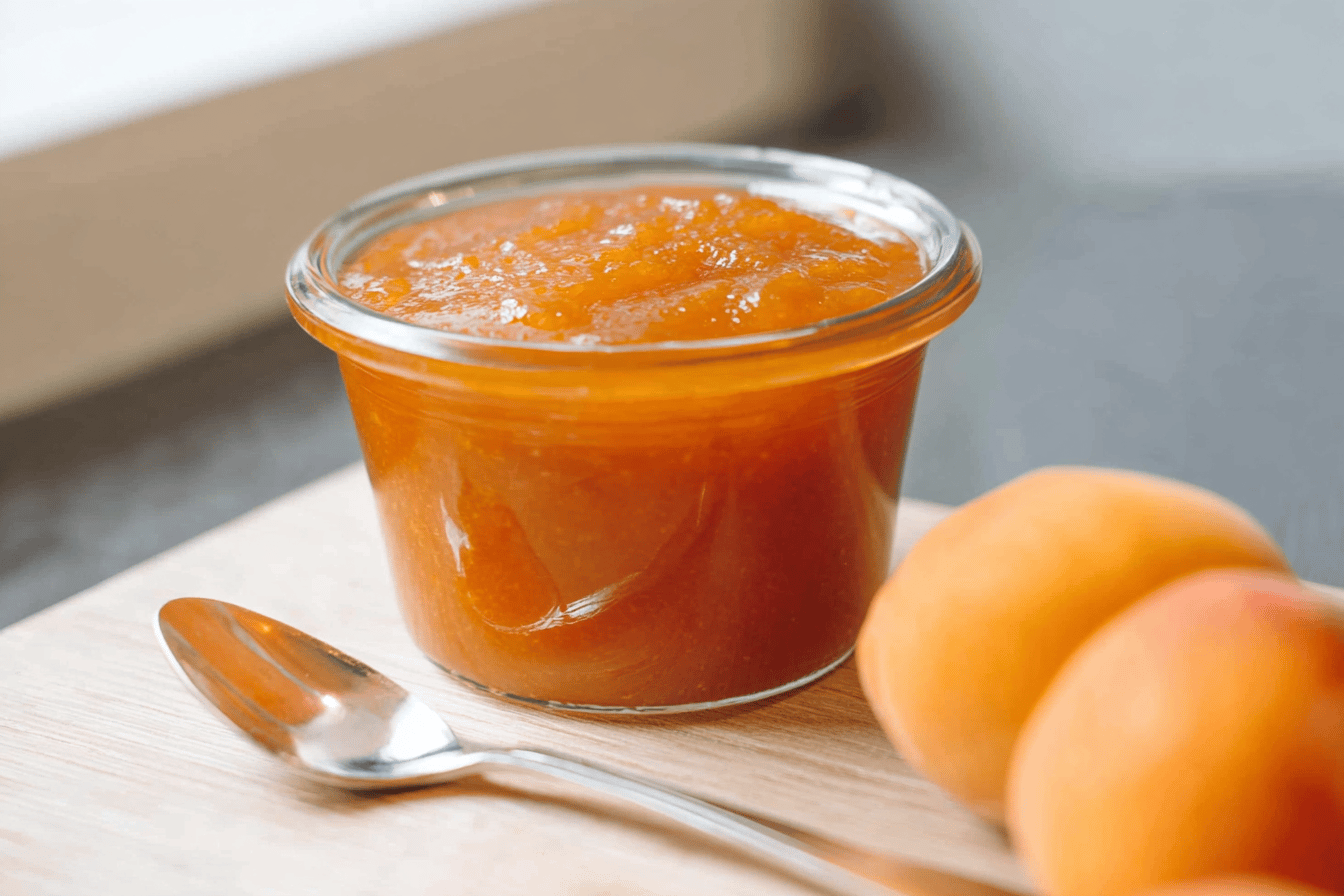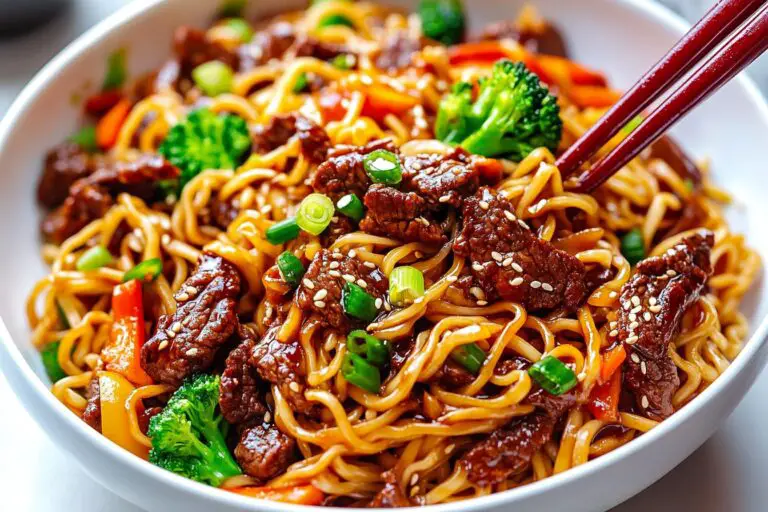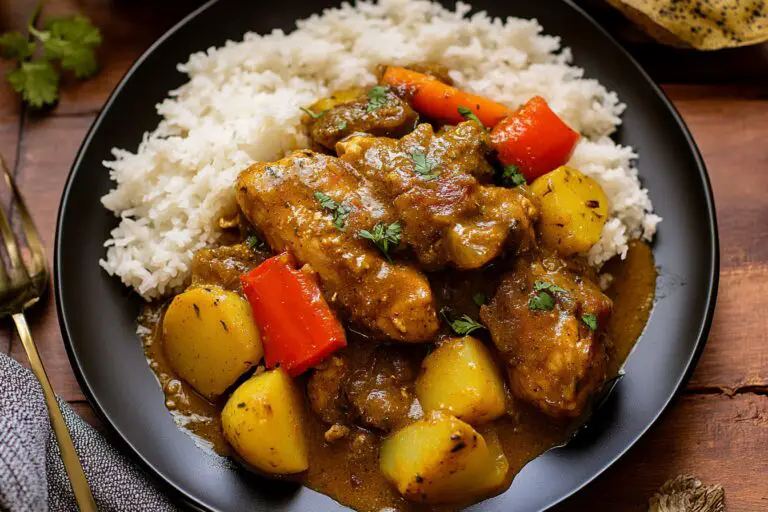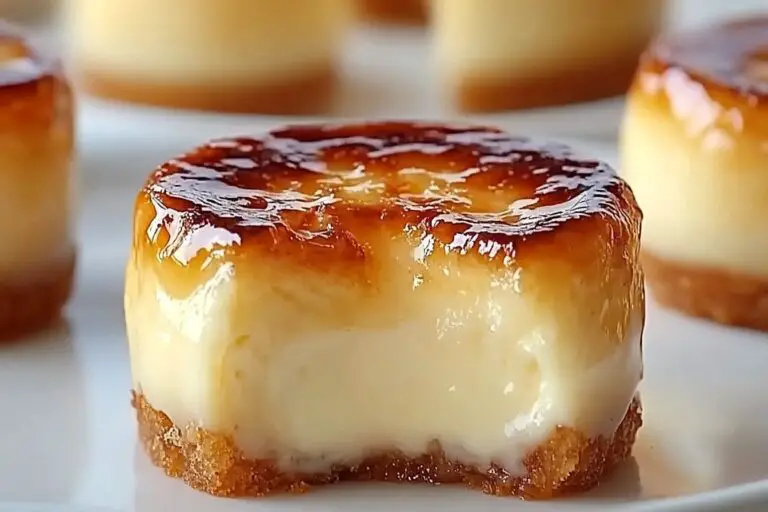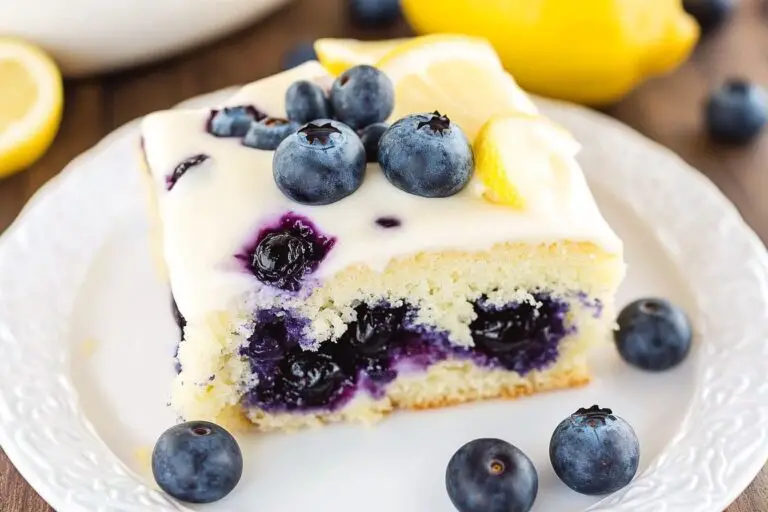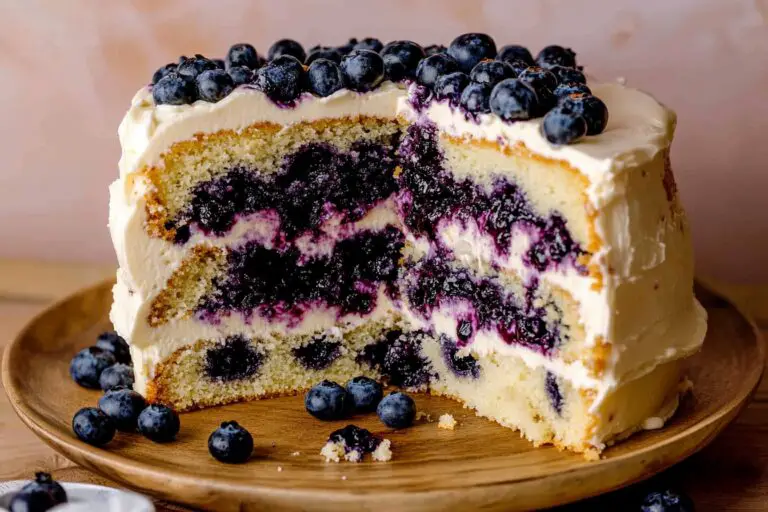Apricot Preserves with Four Ingredients
Introduction
Apricot preserves are a delightful addition to your pantry, providing a sweet and fruity spread that can be enjoyed throughout the year. The recipe outlined in this post highlights how to create apricot preserves with just four ingredients, making it both simple and indulgent. Whether you’re a seasoned preserver or just starting, this recipe delivers fantastic results every time.
Detailed Ingredients with Measures
The recipe features a short and sweet ingredients list that underscores its simplicity while guaranteeing rich flavor:
– Fresh apricots
– Granulated sugar
– Lemon juice
– Water
Prep Time
Preparing the apricots involves selecting ripe, juicy fruits, washing them thoroughly, and removing their pits. This step is an essential part of getting the preserves right since the quality of the fruit determines the end product’s taste.
Cook Time, Total Time, Yield
The cooking process itself is straightforward and takes some time, allowing the apricots to break down, mix with sugar, and transform into something beautifully golden and thick.
In total, between preparation and cooking time, you’ll invest a little care, but the end result — jars filled with vibrant, flavorful preserves — will make the effort completely worthwhile. The yield depends on the portion you decide to make, but regardless of the quantity, each jar will carry a taste of summer to enjoy all year round.
“`html
Detailed Directions and Instructions
Prepare Your Apricots
1. Begin by washing the apricots thoroughly under cold running water.
2. Slice the apricots in half and remove the pits. You can discard the pits or save them for another use, depending on your preference.
Mix the Ingredients
1. Combine the halved apricots, granulated sugar, and freshly squeezed lemon juice in a large non-reactive pot.
2. Stir the mixture well to fully coat the apricots with the sugar and lemon juice.
Macerate the Apricots
1. Allow the apricot mixture to rest at room temperature for about 30 minutes. This process, known as maceration, helps to draw out the natural juices of the fruit.
Cook the Mixture
1. Place the pot over medium heat and bring the mixture to a gentle boil. Stir occasionally to prevent sticking and ensure even cooking.
2. Once boiling, reduce the heat to a simmer and continue cooking until the mixture thickens. This typically takes around 35-45 minutes. Skim off any foam that rises to the surface for a clearer preserve.
Test for Consistency
1. To check if the preserves have reached the right consistency, place a small spoonful onto a chilled plate. Let it sit for a moment, then run your finger through it; if it holds its shape without running, it’s ready.
2. If the mixture is still too runny, continue cooking for a few more minutes and recheck.
Store the Preserves
1. Once the preserves have reached the desired consistency, carefully ladle them into sterilized jars.
2. Seal the jars tightly with their lids and allow them to cool to room temperature.
3. Store the jars in the refrigerator if consuming soon, or process them in a hot water bath for long-term storage.
Notes
Choosing Apricots
– Use ripe but firm apricots for the best texture and flavor in your preserves. Overripe fruit may become too mushy during cooking.
Adjusting Sweetness
– The amount of sugar can be adjusted to your preference, but reducing the sugar may affect the preserves’ shelf life.
Lemon Juice Importance
– Lemon juice not only balances the sweetness but also helps preserve the apricot preserves by lowering the pH and acting as a natural preservative.
Storage Tips
– Properly sealed and processed jars can be stored in a cool, dark place for several months. Once opened, refrigerate and consume within a few weeks.
Alternative Flavor Add-Ins
– Consider adding spices such as cinnamon or vanilla for a unique flavor twist, but be sure to add them sparingly to avoid overpowering the apricot’s natural flavor.
“`
Cook Techniques
Use Fresh Apricots
Using fresh apricots allows for maximum flavor and quality in your preserves. Choose apricots that are ripe but still firm to ensure the best texture and sweetness in the final product.
Blanch and Peel
Blanching apricots in hot water for a short period allows the skins to loosen, making peeling them much easier. This step ensures a smoother texture for your preserves.
Simmer Slowly
Cooking the apricot mixture at a slow simmer helps preserve the natural flavors of the fruit while ensuring even cooking and thickening.
Test for Doneness
Use the spoon test or plate test to check if your apricot preserves have reached the proper consistency. This ensures the preserves are thick enough without overcooking.
Use Sterilized Jars
Sterilize your jars and lids before filling to maintain freshness and prevent spoilage. This step is crucial for long-term storage.
Seal Properly
Ensure each jar is sealed properly after filling to keep the preserves airtight. Using a water bath canning method can help create a vacuum seal.
FAQ
What kind of apricots should I use for preserves?
Choose fresh, ripe but firm apricots. They should have a fragrant aroma and a slight give when gently pressed.
Do I have to peel the apricots?
Peeling the apricots results in a smoother texture for the preserves, though it is optional. Blanching makes peeling easier.
How do I know the preserves are done cooking?
Perform the plate or spoon test to check the consistency. The preserves should be thickened but still spreadable.
Can I adjust the sugar level in the recipe?
It is possible to adjust the sugar level slightly, but keep in mind that sugar acts as a preservative, so reducing too much may affect the shelf life.
How should I store the preserves?
Store in a cool, dark place if sealed properly in sterilized jars. Once opened, refrigerate and use within a few weeks.
Do I need special equipment for canning?
Canning requires sterilized jars and lids. A water bath canner is helpful but not strictly necessary if you have a large pot that can hold the jars for sealing.
How long will the apricot preserves last?
When canned and sealed properly, apricot preserves can last up to a year in storage. Once opened, refrigerate and consume within a few weeks.
Can I use frozen apricots for this recipe?
Yes, frozen apricots can be used, but ensure they are thawed first. The consistency might differ slightly compared to using fresh apricots.

Conclusion
Apricot preserves are a delightful and versatile addition to any kitchen. With just four ingredients, it’s easy to create a homemade preserve that is both fragrant and flavorful. Whether you’re spreading it on toast, using it as a pastry filling, or incorporating it into your favorite dishes, this recipe will surely bring a sweet touch of joy to your meals. Give it a try and enjoy the fruits of your labor!
More recipes suggestions and combination
Apricot Glaze for Desserts
Use your apricot preserves as a glaze for cakes, tarts, and other baked goods for a glossy and flavorful finish.
Apricot & Cheese Pairing
Combine your apricot preserves with creamy cheeses, like brie or goat cheese, for a perfect appetizer.
Swirl in Yogurt or Oatmeal
Mix a spoonful of apricot preserves into your morning yogurt or oatmeal to enhance their natural sweetness.
Savory Pairings with Meat
Try using apricot preserves as a glaze for roasted chicken, pork, or ham to add a sweet and tangy element.
Apricot-Stuffed Pastries
Add a dollop of apricot preserves into puff pastry before baking for a quick, easy, and elegant dessert.
Mocktail or Cocktail Mixer
Incorporate your apricot preserves as a base for inventive drinks; mix with sparkling water, lemon, or even prosecco for a refreshing twist.
Homemade Salad Dressings
Whisk it into vinaigrettes or salad dressings for a fruity note in your dishes.
Ice Cream Topping
Drizzle your apricot preserves over a scoop of vanilla or almond ice cream for a rich, tangy topping.

